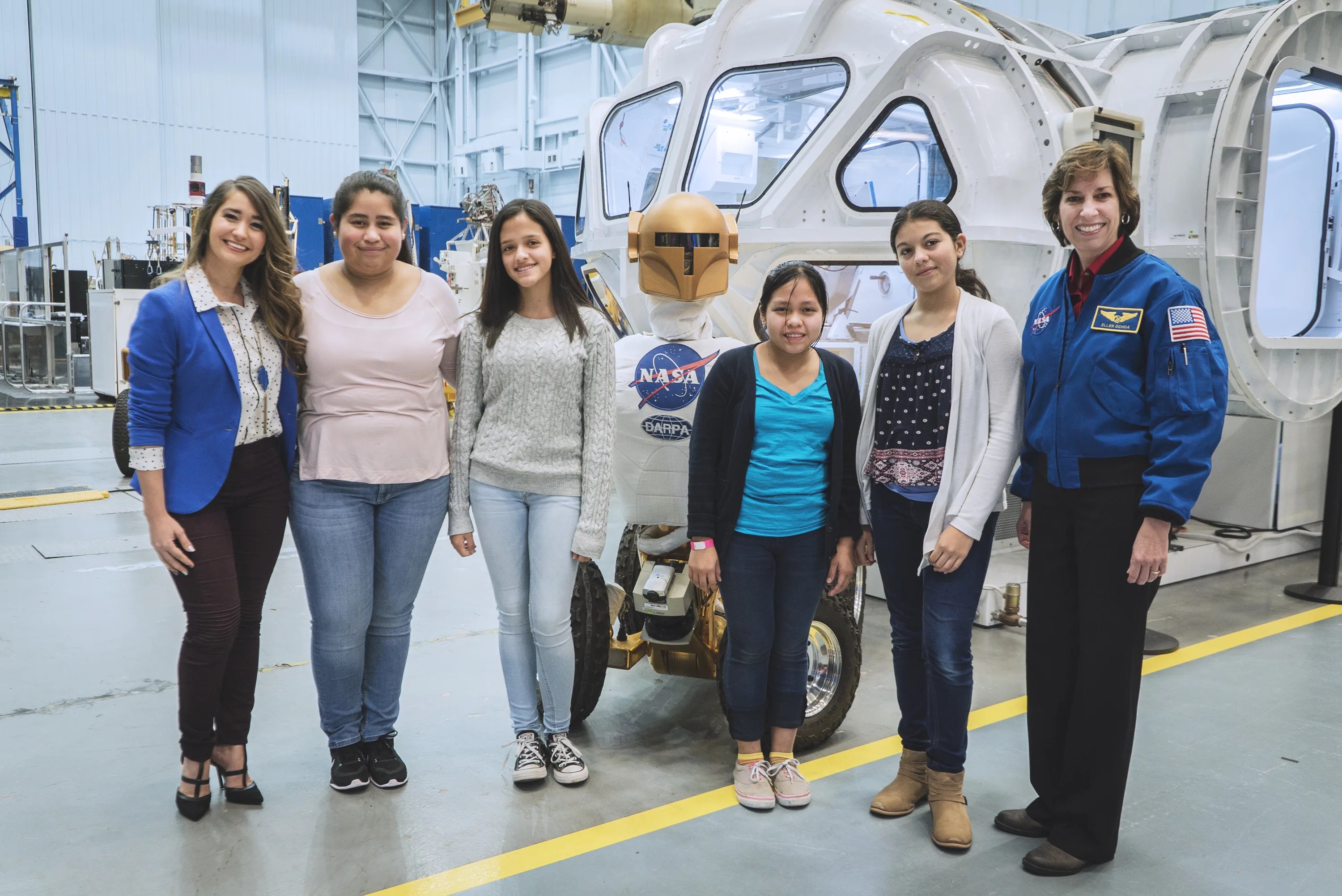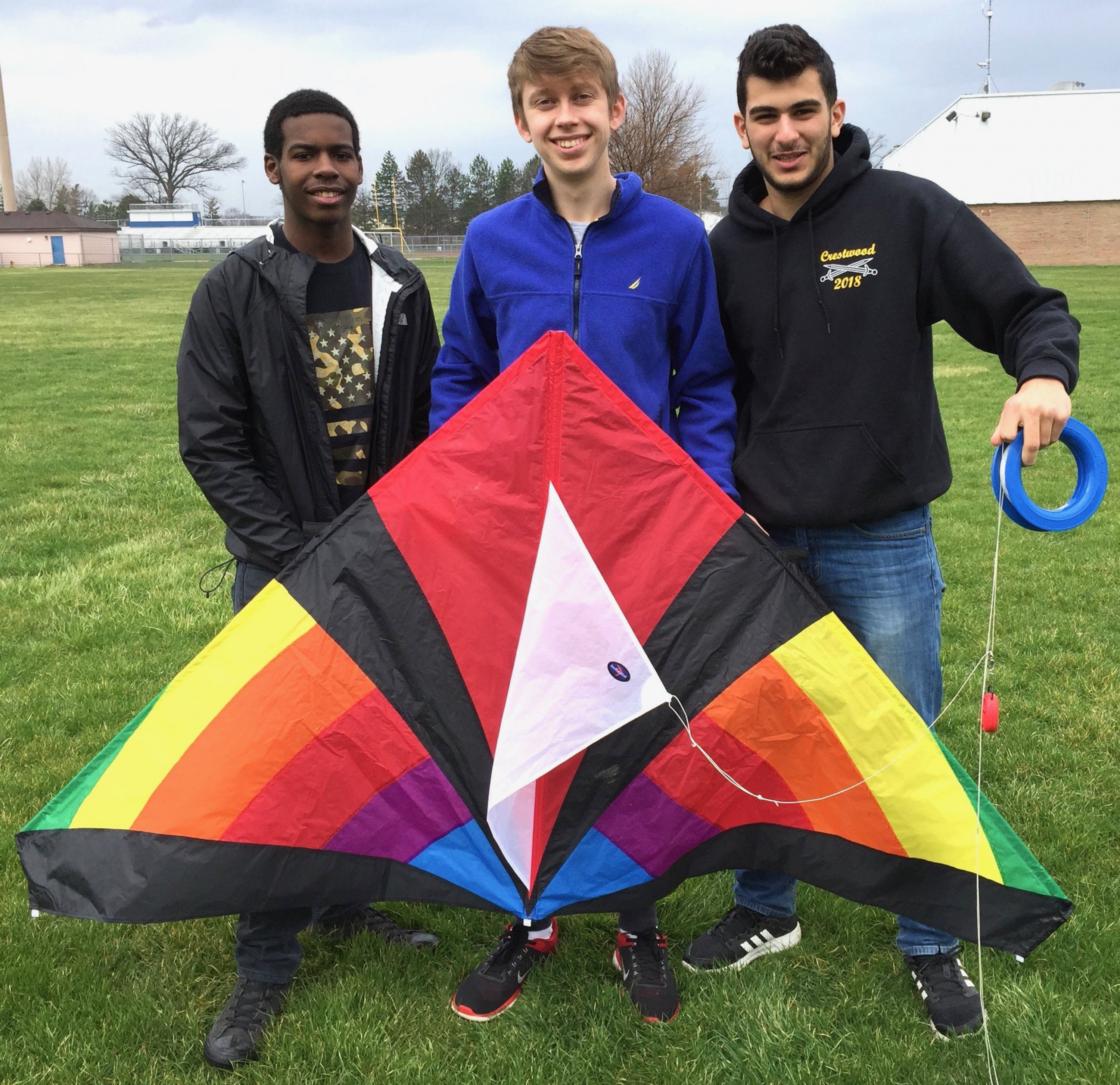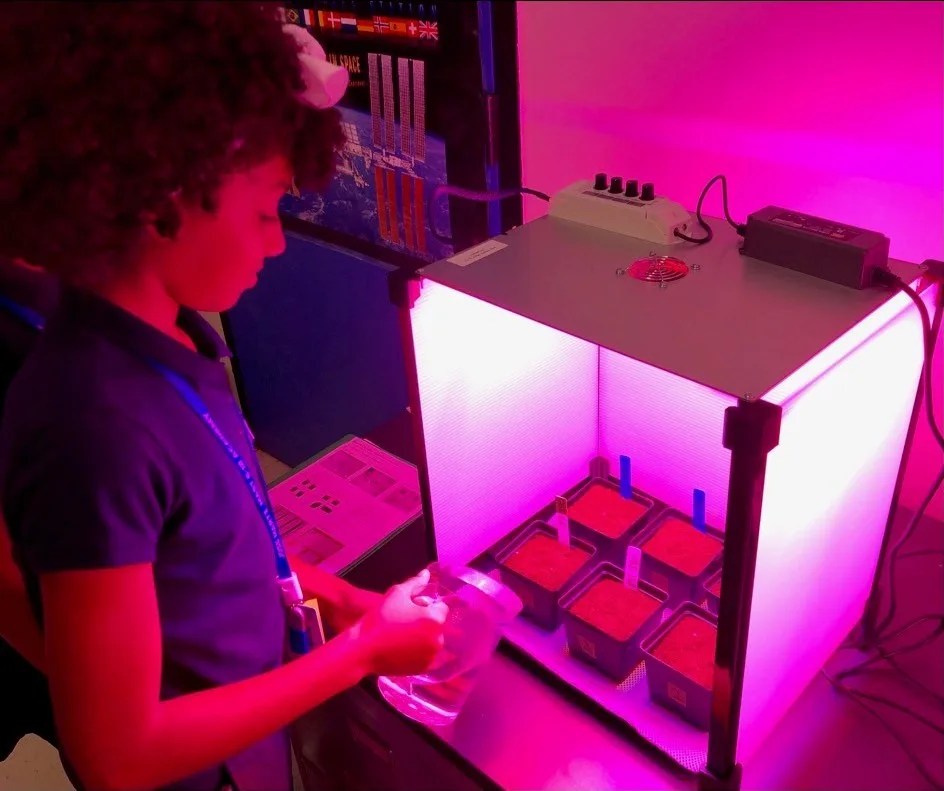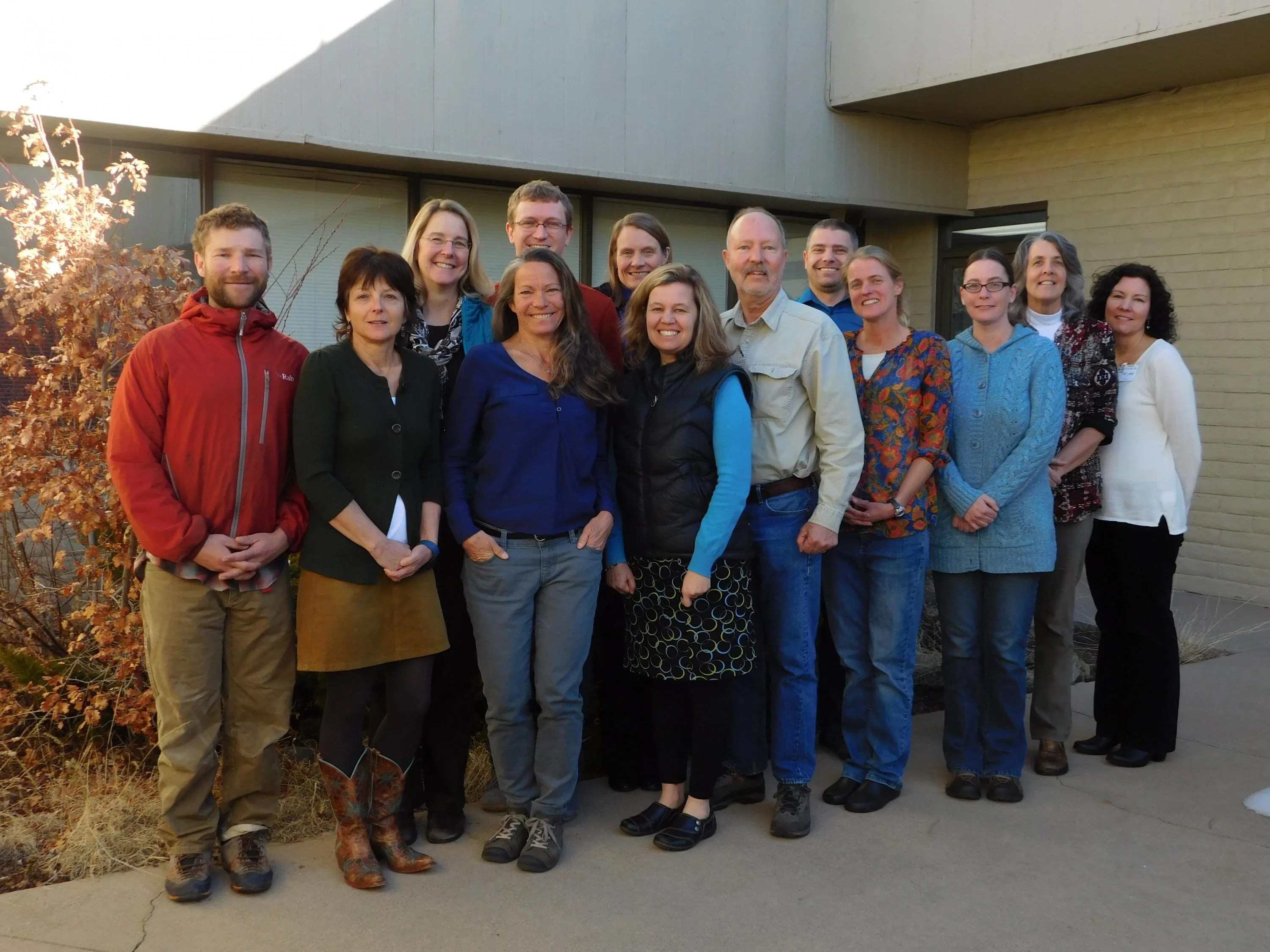OpenSpace
Visualizing the universe w/open source interactive software & enhancing STEM engagement.

Team Mission
OpenSpace is new open source interactive data visualization software designed to visualize the entire known universe and portray our ongoing efforts to investigate the cosmos. Bringing the latest techniques from data visualization research to the general public, OpenSpace supports interactive presentation of dynamic data from observations, simulations, and space mission planning and operations. The software works on multiple operating systems with an extensible architecture powering high resolution tiled displays and planetarium domes, making use of the latest graphic card technologies for rapid data throughput. In addition, OpenSpace enables simultaneous connections across the globe.
The goal of OpenSpace is to see the processes of the universe, and how we explore them, with interaction from any angle of view, scale or timescale from available data and simulation.

Carter Emmart
What does your team hope to achieve?
- Increased interest and engagement in STEM among our target audiences
- Increased interest and engagement in NASA SMD content
- A robust community of Open Space users, including ISIs, home-based, and school-based
- Creation and dissemination of new models for ISI programming
Project Web Site
Publications
Faherty, J.K. et al., (2020). IDEAS: Immersive Dome Experiences for Accelerating Science. Astro2020: Decadal Survey on Astronomy and Astrophysics, APC white papers (vol. 51, no. 7, id. 212).
Huy, S. and Kollberg, A. (2019). Today’s Space Weather in the Planetarium (Master’s Thesis, Linköping University, Linköping, Sweden).
Olsson, E. and Fransson, J. (2019). Visualization of Space Debris using Orbital Representation and Volume Rendering (Master’s Thesis, Linköping University, Linköping, Sweden).
Bock, A., et al., (2019). OpenSpace: A System for Astrographics. IEEE Transactions on Visualization and Computer Graphics (vol. 26, no. 1), 633-642.
Hassler, L. & Heppich, A. (2019). Interactive 3D Visualization of the NASA Deep Space Network Activity (Master’s Thesis, Linköping University, Linköping, Sweden).
Berg, M. & Grangien, J. (2018). Implementing an Interactive Simulation Data Pipeline for Space Weather Visualization (Master’s Thesis, Linköping University, Linköping, Sweden).
Reidarman, K. (2018). Exoplanets: Interactive Visualization of Data and Discovery Method (Master’s Thesis, Linköping University, Linköping, Sweden).
A. Bock, C. Hansen and A. Ynnerman, (2018). OpenSpace: Bringing NASA Missions to the Public, in IEEE Computer Graphics and Applications, vol. 38, no. 5, pp. 112-118. doi: 10.1109/MCG.2018.053491735
Johansson, H., and Khullar, S. (2018). Graphical User Interfaces for Multi-Touch Displays supporting Public Exploration and Guided Storytelling of Astronomical Visualizations (Master’s Thesis, Linköping University, Linköping, Sweden).
Alsegård, A. (2018). Interactive out-of-core rendering and filtering of one billion stars measured by the ESA Gaia mission (Master’s Thesis, Linköping University, Linköping, Sweden).
Bäck, K., and Gard, C. (2018). Robotic Spacecraft Visualization of MSL Curiosity using Telemetry Data (Master’s Thesis, Linköping University, Linköping, Sweden).
Bock, A. (2018). Tailoring Visualization Applications for Tasks and Users (Ph.D. dissertation, Linköping University, Linköping, Sweden).
A. Ynnerman, J. Löwgren and L. Tibell, (2018). Exploranation: A New Science Communication Paradigm, in IEEE Computer Graphics and Applications, vol. 38, no. 3, pp. 13-20. doi: 10.1109/MCG.2018.032421649
Bock, A., et al., (2018). OpenSpace: Changing the Narrative of Public Dissemination in Astronomical Visualization from What to How,"in IEEE Computer Graphics and Applications, vol. 38, no. 3, pp. 44-57. doi: 10.1109/MCG.2018.032421653
Marcinkowski, M. (2018). Contextualization of Autonomous Spaceflight Operations for Deep Space Planetary Encounters (Master’s Thesis, Linköping University, Linköping, Sweden).
Eskilson, K. (2017). Creating User Interfaces Using Web-based Technologies to Support Rapid Prototyping in a Desktop Astrovisualization Software (Master’s Thesis, Linköping University, Linköping, Sweden).
Lindstedt, R., and Sjöström, M. (2017). Interactive In-Situ Visualization of Mars Science Laboratory Data (Master’s Thesis, Linköping University, Linköping, Sweden).
Bosson, J. (2017). Multi-Touch Interfaces for Public Exploration and Navigation in Astronomical Visualizations (Master’s Thesis, Linköping University, Linköping, Sweden).
Carlbaum, O., and Novén, M. (2017). Real-Time Magnetohydrodynamic Space Weather Visualization (Master’s Thesis, Linköping University, Linköping, Sweden).
Bladin, K., et al., (2017). Globe Browsing: Contextualized Spatio-Temporal Planetary Surface Visualization, in IEEE Transactions on Visualization and Computer Graphics, vol. 24, no. 1, pp. 802-811. doi: 10.1109/TVCG.2017.2743958
Bock, A., et al., (2017). OpenSpace: An open-source astrovisualization framework, Journal of Open Source Software, 2(15), 281, doi:10.21105/joss.00281
Axelsson, E. , et al., (2017), Dynamic Scene Graph: Enabling Scaling, Positioning, and Navigation in the Universe. Computer Graphics Forum, 36: 459-468. doi:10.1111/cgf.13202
Strandstedt, J. (2017). Multi-Volume Rendering in OpenSpace Using A-Buffers for Space Weather Visualizations (Master’s Thesis, Linköping University, Linköping, Sweden).
Bladin, K., and Broberg, E. (2016). Design and Implementation of an Out-of-Core Globe Rendering System Using Multiple Map Services. (Master’s Thesis, Linköping University, Linköping, Sweden).
Nilsson, M., and Piwell, S. (2016). Bridging the Gap: Providing Public Science Dissemination through Expert Tools (Master’s Thesis, Linköping University, Linköping, Sweden).




